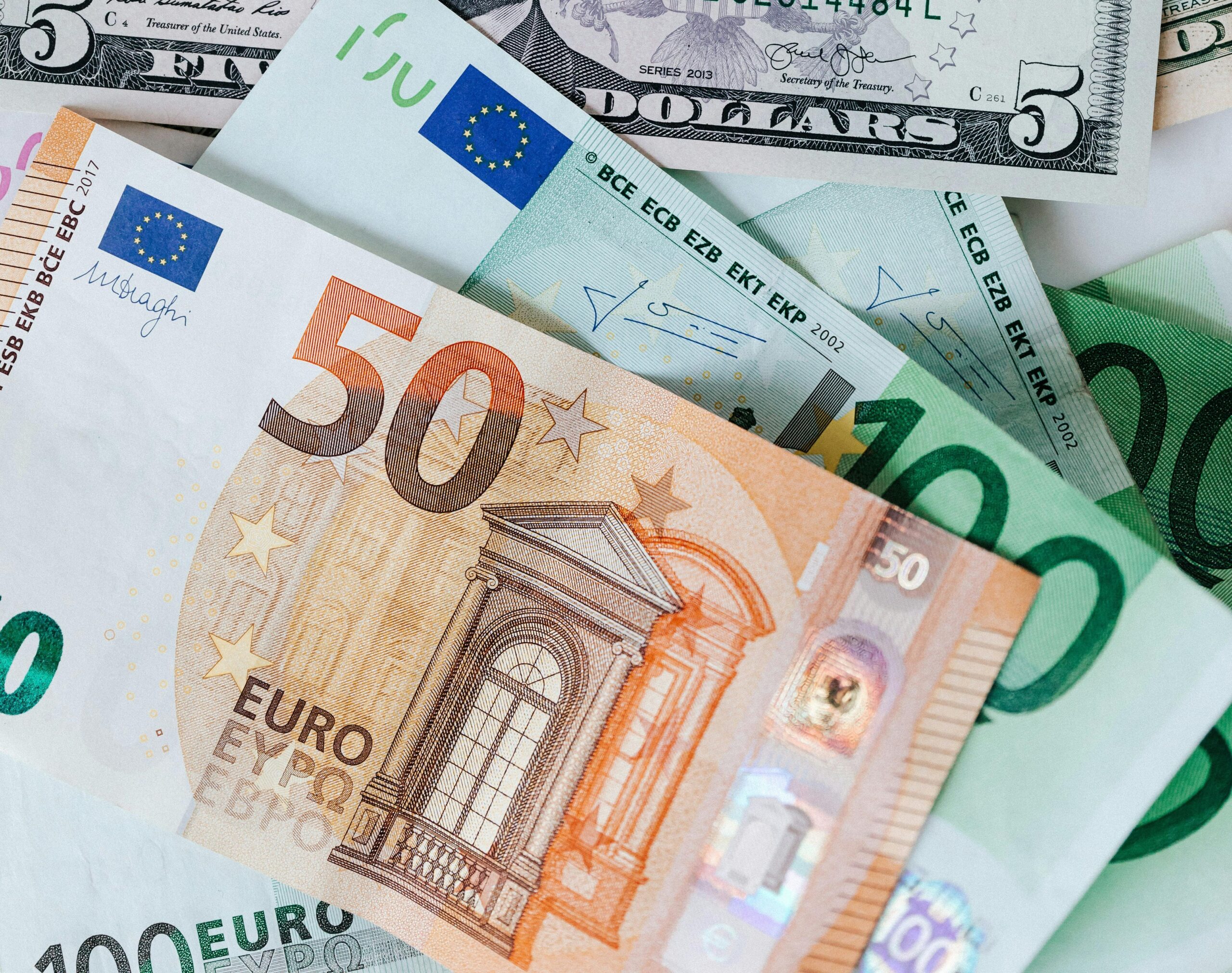vvvvLuxembourg, a small but economically significant country in Western Europe, stands as a prominent financial hub. Despite its modest size, Luxembourg wields substantial influence in the global financial markets. This article delves into the historical and contemporary aspects of Luxembourg’s currency, examining its evolution, the impact on the economy, and its role in the broader European financial landscape.
Historical Background of Luxembourg’s Currency
The Luxembourgish Franc (LUF)
Before adopting the euro, Luxembourg used the Luxembourgish franc (LUF) as its official currency. The franc was introduced in 1854, following the dissolution of the Belgian-Luxembourgish monetary union. Initially pegged to the Belgian franc, the Luxembourgish franc remained in use for nearly 150 years.
During this period, Luxembourg’s economy experienced significant growth and transformation. The country evolved from an agrarian society to an industrial powerhouse, primarily driven by the steel industry. The stability of the Luxembourgish franc played a crucial role in this economic development.
Transition to the Euro
The decision to transition to the euro was driven by Luxembourg’s desire to further integrate with the European Union (EU) and its economic policies. In 1999, Luxembourg officially adopted the euro, and by 2002, euro banknotes and coins had fully replaced the Luxembourgish franc.
The Euro: Luxembourg’s Modern Currency
Introduction and Adoption
The introduction of the euro marked a significant milestone for Luxembourg. As one of the founding members of the EU, Luxembourg was among the first countries to adopt the new currency. The euro not only facilitated smoother trade and investment within the EU but also reinforced Luxembourg’s status as a financial center.
The transition to the euro was seamless, thanks to meticulous planning and coordination by the Luxembourg government and financial institutions. Public awareness campaigns and the efficient exchange of old currency ensured minimal disruption during the changeover.
Economic Impact
The adoption of the euro had profound implications for Luxembourg’s economy. One of the most notable benefits was the elimination of exchange rate risks within the Eurozone. This stability attracted foreign investment and bolstered Luxembourg’s position as a preferred destination for multinational corporations and financial institutions.
Additionally, the euro’s strength and stability contributed to low inflation rates and favorable borrowing conditions. Luxembourg’s economy thrived, with key sectors such as finance, telecommunications, and logistics experiencing sustained growth.
Luxembourg’s Financial Sector
Banking and Investment
Luxembourg’s financial sector is renowned for its banking and investment services. The country hosts numerous international banks, investment funds, and insurance companies, making it a global financial hub. The stability of the euro and Luxembourg’s favorable regulatory environment have played pivotal roles in attracting financial institutions from around the world.
Luxembourg is also a leading center for investment funds. It is the largest investment fund center in Europe and the second largest in the world, after the United States. The introduction of the euro facilitated cross-border investments and enhanced Luxembourg’s appeal as a domicile for investment funds.
Stock Exchange
The Luxembourg Stock Exchange (LuxSE) is another cornerstone of the country’s financial sector. Established in 1928, LuxSE has grown to become one of the world’s leading stock exchanges for international securities. It is particularly known for its expertise in listing and trading bonds.
The euro’s adoption further solidified LuxSE’s reputation. The currency’s stability and widespread acceptance made it easier for companies and governments to issue and trade securities in euros, attracting a diverse range of issuers and investors.
Luxembourg’s Role in the Eurozone
Economic Policy and Governance
As a member of the Eurozone, Luxembourg actively participates in the formulation and implementation of economic policies. The country collaborates with other Eurozone members to ensure the stability and growth of the currency union. Luxembourg’s prudent fiscal policies and commitment to EU regulations have contributed to its strong economic performance.
European Institutions
Luxembourg is home to several key European institutions, including the European Investment Bank (EIB) and the European Stability Mechanism (ESM). These institutions play crucial roles in supporting economic development and stability within the EU. The presence of these institutions underscores Luxembourg’s importance in the European financial landscape.
Challenges and Future Outlook
Maintaining Competitiveness
Despite its many advantages, Luxembourg faces challenges in maintaining its competitiveness. The global financial landscape is constantly evolving, and Luxembourg must adapt to new regulatory requirements and market trends. The country continues to invest in innovation and digital transformation to stay ahead in the financial sector.
Sustainable Finance
Sustainable finance is gaining prominence, and Luxembourg is positioning itself as a leader in this field. The country has launched initiatives to promote green finance and support sustainable investments. The Luxembourg Green Exchange, a platform dedicated to green, social, and sustainable securities, is a testament to these efforts.
Conclusion
Luxembourg’s currency journey, from the Luxembourgish franc to the euro, reflects the country’s commitment to economic stability and growth. The adoption of the euro has reinforced Luxembourg’s status as a global financial hub, attracting investment and fostering economic development. As Luxembourg continues to navigate the challenges and opportunities of the global financial landscape, its role in the Eurozone remains pivotal. With a focus on innovation and sustainability, Luxembourg is well-positioned to maintain its leadership in the financial sector for years to come.










